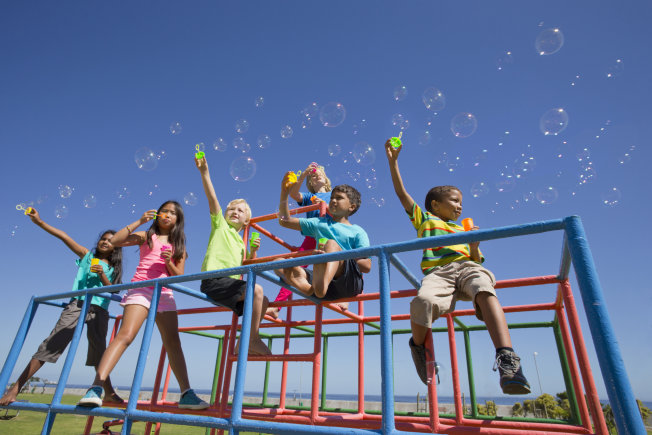They may not know it, but for kids under the age of 5, the day the United States became a minority-majority nation has already arrived.
According to the U.S. Census Bureau, in 2014 there were more than 20 million children under 5 years old living in the U.S., and 50.2 prcent of them were minorities.
Parents who identified their child as white with Hispanic origin were the largest minority, making up 22 percent of the 19.9 million children under age 5, followed by African American children, who make up 15 percent.
Currently, the Census considers Hispanic not a race but an ethnic background. Hispanics can be of any race, and Hispanic origin is asked on Census forms in a question separate from the one about race.
But some say that the way the census counts who belongs to which racial group is flawed.
“The census suffers from binary thinking,” Professor Richard Alba of City University of New York said in a phone interview. “Some people are both, majority and minority.”
This is because the Census Bureau, not the respondent, decides into which racial category a person falls. If a child has a white parent and a black parent, or if the child’s parents identify themselves as white but do not check the box for “not Hispanic or Latino,” the child is categorized as a minority.
Still, the number of minority and mixed-race children in the U.S are only expected to rise. “More than half of the nation’s children are expected to be part of a minority race or ethnic group,” by 2020, the U.S. Census Bureau reports, referring to all kids under the age of 18.
The minority population is expected to rise to 56 percent of the total population in 2060, compared with 38 percent last year. When that happens, “no group will have a majority share of the total and the United States will become a ‘plurality’ [nation] of racial and ethnic groups,” the U.S. Census states. The minority-majority trend reflected among 5-year-olds is the beginning of that shift.
“We are a much more diverse country than we were,” said Professor Andrew Cherlin, a sociologist at Johns Hopkins University in Baltimore. “Groups in America are mixing more than we think.”
“Current rates of immigration are high and intermarriage is increasing,” Cherlin added in a phone interview.
A record 14.6 percent of all new marriages in the U.S. in 2008 were between people of two different races or ethnicities, according to a social and demographics trends report by the Pew Research Center, and the children of these couples reflect America’s changing demographics. Multiracial children of black-and-white descent were the largest group in 2014, according to Census data, making up 36 percent of the multiracial population under 18.
The “two or more races” population is projected to be the fastest-growing group over the next 46 years, with its population expected to triple in size. The Census breaks down the “two or more races” category as white combining with any other race, i.e. American Indian, Alaska native, Asian and black.


